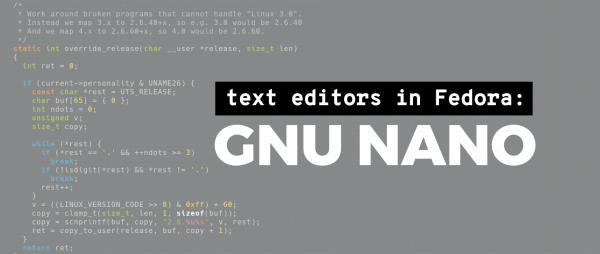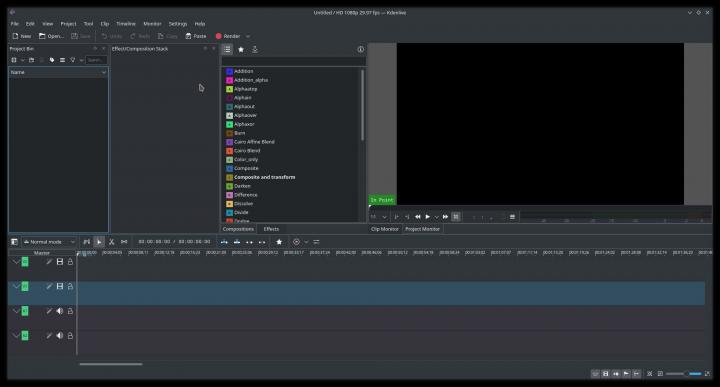

Serious photographers will also require conversion software for converting the raw files (see Chapter 5) captured by their camera(s) into editable JPEG or TIFF format. Support for popular image formats, particularly JPEG and TIFF files plus the ability to convert between file formats and save copies of images at different sizes in different formats. You can also apply a layer style to introduce a special effect.Ģ.

You can perform tasks like compositing multiple images, adding text to an image or copying part of an image and pasting it onto another image or onto a new place on the original image. Users can create layers to try out edits and show or hide selected layers to see which edit looks best. Used for non-destructive editing, layers can make edits easy to reverse and are easy to delete if they haven’t been successful. The foreground has been selected with the Quick Select tool. Clicking on one of the eye icons (outlined in red) causes that layer to ‘hide’ while a second click restores its visibility and lets you work on it.Īn image that would benefit from Layers-based editing. They are created each time you duplicate the main image, copy a selected part or add text to an image. Layers are discrete overlays on the image that are independently editable. The best applications provide a clear, intuitive user interface with the following features: If you’re serious about photography you need a dedicated image editor.Įditing applications range from simple apps to software with sophisticated tools that require a steep learning curve. While you can carry out some basic editing tasks with the software that comes bundled with your computer’s operating system, it provides a limited range of editing tools. Starter tips for selecting the right image editor.


 0 kommentar(er)
0 kommentar(er)
